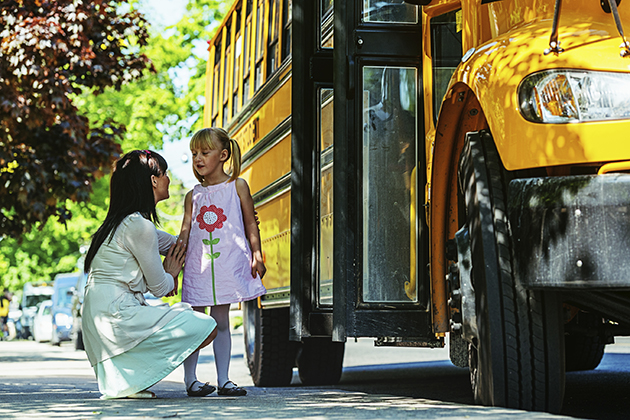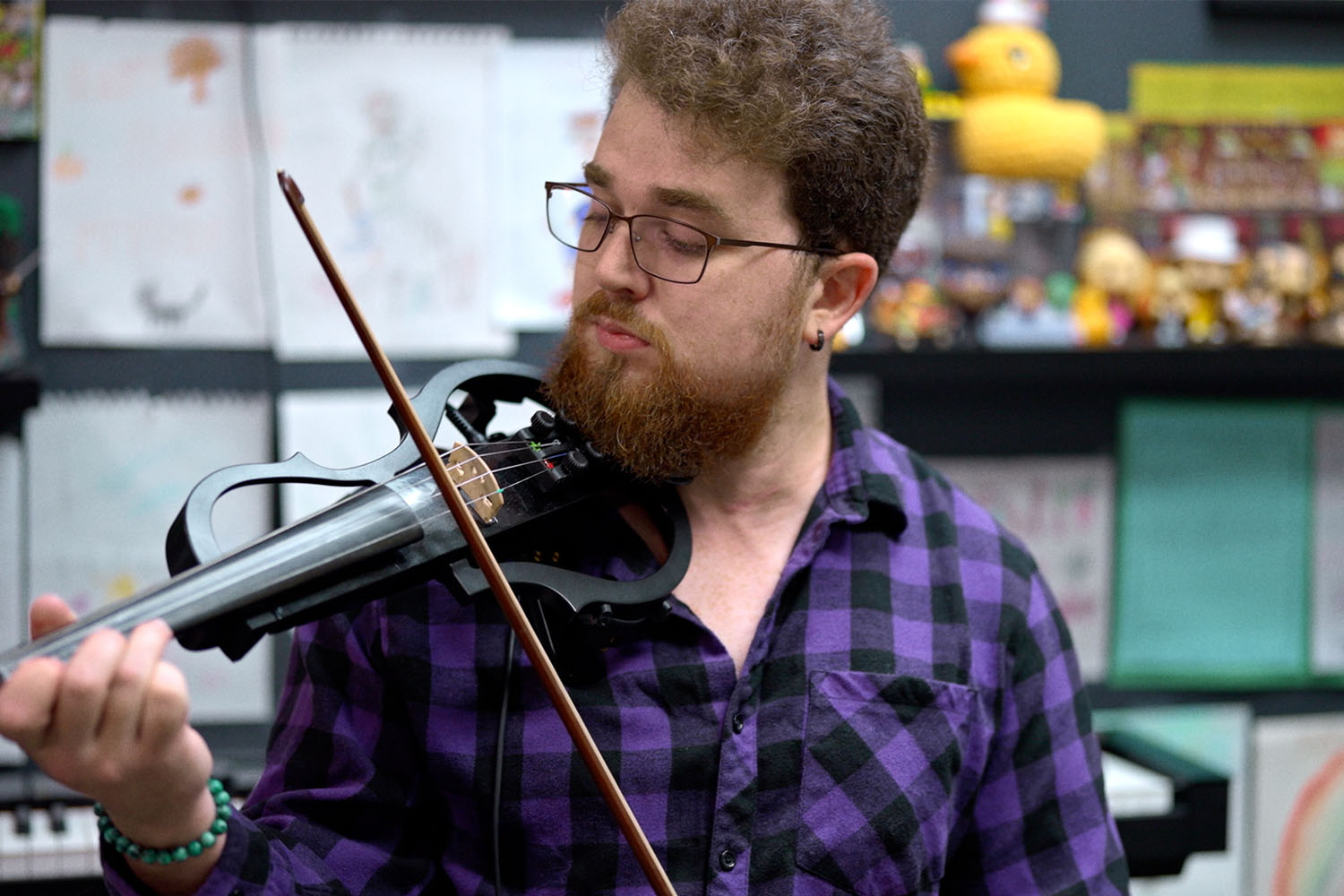
As the summer begins to wind down and you start shopping for back-to-school supplies, don’t forget to equip your child with some good advice for making a smooth return to the classroom. Anxious feelings are common and expected during times of transition or change, and this can be especially true for children and teens going back to school or for first-timers starting kindergarten.

UConn Today asked internationally recognized child psychologist Golda Ginsburg for tips on how to handle those anxious feelings. Ginsburg, who recently joined UConn Health from Johns Hopkins University School of Medicine, has been developing and evaluating interventions for anxious youth for more than 20 years.
What are the main sources of anxiety around starting a new school year – whether for children heading to kindergarten or teens entering college?
As your question hints at, the sources of anxiety often vary with the age and development of a child. For example, among children entering kindergarten a main source of anxiety is separating from parents or being away from home – especially if this is the child’s first experience at a school. For adolescents, the source of anxiety often revolves around social anxiety such as fitting in and making friends, and worries about performance.
What’s the best way to help my child with back-to-school anxiety?
Among my suggestions would be to attend all orientation sessions that are held at your child’s school before the start of the school year and be sure to bring your child with you. For a child attending a new school, parents can also highlight similarities between the old and new school.
Walk around the school so that you and your child become very familiar with the layout. In particular, locate your child’s classroom, as well as the school cafeteria, gymnasium, library, art and music centers, playground, main office, and other relevant areas. Ask and address your child’s questions and concerns about getting from one place in school to another. Also, arrange for you and your child to meet your child’s school guidance counselor and teacher.
If relevant, talk to your child about the school bus, including bus number, stops, times, and what to do in the case of a missed bus. Practice the routine of getting to the school bus stop near home in the morning and at school in the afternoon.
About two weeks before the start of school, on weekdays have your child begin the morning routine as if preparing for school. That way, going to school the first day will not be made more difficult because of unfamiliarity with the morning routine. Using fun morning routine charts with pictures can be very useful, and reduce the need for parent reminders.
A week before the start of school, purchase or secure all necessary school supplies.
The night before school starts, have a relaxed conversation with your child about any last-minute concerns about going to school the next day. Parents can model positive coping by sharing a time when they were nervous or scared but faced the fear in spite of the feeling and felt a sense of competence. In addition to providing a positive model, it’s important to instill confidence and a sense of mastery through promoting your child’s autonomy, as this helps to reduce anxiety.
The first day of school, plan to make your schedule flexible in case it takes a while to enter the school building. In a neutral and firm but supportive manner, require your child to go to school.
What to avoid? Do not let your child ‘avoid,’ as avoidance maintains anxiety. Instead, remind your child of previous successes with mastering new or anxiety-provoking situations. Acknowledge your child’s fears, and also focus on positive aspects of getting back to school.
What’s the tipping point from appropriate fear to problematic anxiety that may be a sign of something more concerning?
Fear and anxiety – in the right dose – are helpful emotions that can keep us prepared and safe. Imagine crossing a crowded street of cars with no fear. However, too much fear and anxiety can interfere with daily functioning and stop children from doing what they want or need to do. Imagine never being able to cross a street due to fear you might get hit by a car. There are several signs for anxiety that warrant an evaluation from a qualified professional. Parents will want to determine whether the anxiety is: out of proportion to the situation; persists for more than a few weeks; developmentally inappropriate; and causes impairment.
Of these, the most important is the last item – when anxiety causes significant impairment in a child’s life, it’s time to get help. Excessive anxiety also often causes impairment in the family’s functioning. For instance, parents often begin to avoid going places or doing things that may provoke anxiety in their child. Thus it’s helpful for parents to reflect on the ways in which they may have accommodated the child’s anxiety, albeit with good intentions, to determine whether professional assistance is needed.
What is an appropriate amount of pushing that a parent should do to encourage their child to try new things such as activities, sports, and classes?
This depends on the child. Generally, a gradual step-by-step planned approach is recommended. So work with your child to take “just the right size steps” toward trying new things or joining new groups. It’s important that your child feels comfortable with the steps, while also gradually moving towards mutually agreed-upon goals.
Follow UConn Health on Facebook, Twitter, and YouTube.


